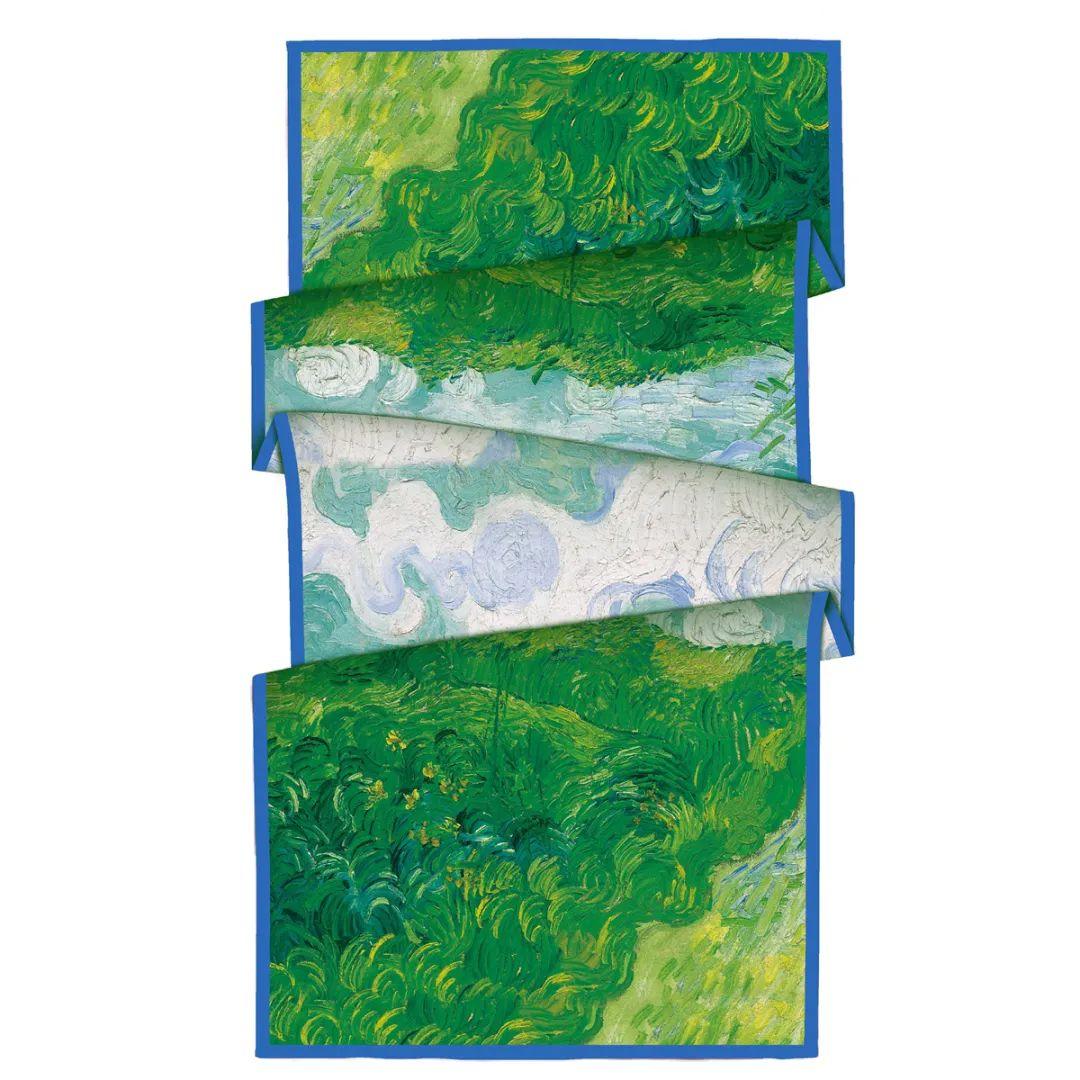Understanding and Celebrating the Diversity of Islamic Veils and Head Coverings
The niqaab, a veil that gracefully covers the face while allowing the eyes to shimmer, is often paired with the hijab. Its design, reminiscent of the batula worn by badu women, sparks discussions worldwide about the beauty and significance of facial coverage.

On the other end of the spectrum, the burq’a stands as the most comprehensive form of coverage. This garment, with its intricate lattice mesh for vision, is a symbol of tradition in Afghanistan and parts of Pakistan, wrapping the wearer in a cocoon of elegance and modesty.
The khimaar, a cape-like covering that reaches the waist, adds a touch of individuality to the wearer's look. Fastened with a pin below the chin, it leaves the face open while gracefully covering the hair, neck, and shoulders.

In Iran and some parts of Iraq, the chadur is a full-length cloak that exudes grace and sophistication. Fastened under the chin, it sometimes reveals a small scarf worn underneath, adding a layer of intrigue to the wearer's appearance.
The jilaabah, a long, loose-fitting coat, is a versatile and practical choice for many women. With its hidden pockets and flexible styling, it's perfect for everyday wear, whether at home or abroad.

The amira, a two-piece covering, offers a modern twist on the traditional hijab. With its underscarf and tube of material, it provides just the right amount of coverage while allowing the wearer's personal style to shine.

The shayla, a square scarf made from solid or slightly transparent material, offers a breath of fresh air. Its loose wrapping around the head, neck, and shoulders allows for flexibility and comfort, making it a popular choice for many.
And finally, the hijab, a square scarf that has become a symbol of modesty and elegance in Qatar. With its endless styling options, it allows women to express their individuality while adhering to their beliefs.

Each of these veils and head coverings represents a unique aspect of Islamic culture and tradition. They are not just pieces of fabric, but expressions of identity, faith, and personal style. By understanding and celebrating their diversity, we can foster a greater appreciation for the richness of Islamic heritage.


